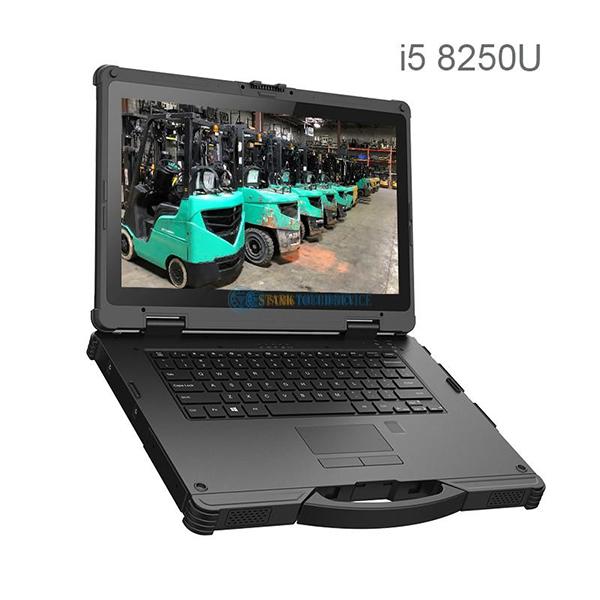Solutions
Setting of alarm threshold for temperature monitoring of industrial control computer
Optimizing Temperature Monitoring Thresholds for Industrial Control Computers
Effective temperature monitoring and alarm thresholds are critical for preventing hardware failures and ensuring operational continuity in industrial control systems. Setting appropriate thresholds requires understanding environmental conditions, hardware specifications, and failure risks. Below are detailed guidelines for configuring temperature alerts on industrial control computers (ICCs).

Determining Baseline Temperature Ranges
Establishing accurate baseline ranges ensures alarms trigger only when necessary, avoiding false positives or missed warnings.
Assess Ambient Conditions: Measure the ICC’s operating environment, including airflow, humidity, and nearby heat sources (e.g., motors, transformers). High-ambient environments may require lower thresholds.
Review Manufacturer Specifications: Identify the ICC’s maximum operating temperature (e.g., 70°C for CPUs) and recommended safe zones (e.g., 40–60°C). Use these as starting points for thresholds.
Monitor Under Load: Test the ICC under peak computational loads (e.g., running PLC simulations, data logging) to observe temperature spikes. Set thresholds 5–10°C below critical limits to account for transient increases.
Account for Seasonal Variations: Adjust thresholds seasonally if ambient temperatures fluctuate significantly. For example, lower thresholds in summer if cooling systems are strained.
Configuring Multi-Level Alarm Thresholds
Implementing tiered alarms enables proactive responses before temperatures reach dangerous levels.
Set Warning Thresholds: Trigger alerts at 70–80% of the maximum operating temperature (e.g., 55°C if max is 70°C). This signals potential issues without immediate risk.
Define Critical Thresholds: Activate urgent alarms at 90–95% of the maximum (e.g., 65°C). At this stage, initiate automatic shutdowns or backup cooling to prevent damage.
Differentiate by Component: Assign unique thresholds to sensitive parts (e.g., CPUs, SSDs) versus ruggedized components (e.g., power supplies). CPUs may require stricter limits due to higher heat generation.
Use Hysteresis to Avoid Oscillation: Implement a 2–5°C buffer between activation and deactivation points. For example, an alarm triggers at 60°C but resets only when temperatures drop below 58°C.
Validating and Adjusting Thresholds Over Time
Regular validation ensures thresholds remain effective as hardware ages or operating conditions change.
Conduct Periodic Testing: Simulate overheating scenarios (e.g., blocking airflow) to verify alarm accuracy. Adjust thresholds if alarms fail to trigger or activate prematurely.
Analyze Historical Data: Review temperature logs to identify trends (e.g., gradual increases due to dust accumulation). Update thresholds if patterns suggest degradation.
Update for Hardware Changes: Re-evaluate thresholds after upgrading components (e.g., faster CPUs) or modifying cooling systems (e.g., adding fans). Newer hardware may generate more heat.
Incorporate Redundancy: Use dual temperature sensors for critical ICCs. If readings diverge significantly, trigger an alarm to investigate sensor failures or uneven cooling.
Integrating Alarms with Industrial Control Systems
Seamless integration ensures temperature alerts prompt immediate action through existing workflows.
Route Alarms to SCADA/HMI: Display temperature warnings on supervisory control screens with clear visual indicators (e.g., red banners for critical alerts).
Trigger Automated Responses: Configure alarms to activate cooling fans, reduce processor loads, or initiate graceful shutdowns. Test these responses regularly.
Notify Personnel via Multiple Channels: Send alerts through email, SMS, or industrial protocols (e.g., SNMP traps). Include timestamp, ICC ID, and temperature value for context.
Document Threshold Rationale: Maintain records of why specific thresholds were chosen, including environmental data and hardware specs. This aids troubleshooting and audits.
By following these practices, engineers can set precise temperature monitoring thresholds for industrial control computers. Balancing proactive warnings with operational safety minimizes downtime and extends hardware lifespan in demanding industrial environments.


